Introduction to Unity for 2D Video Games
By Juan Diego Vázquez Moreno , Video Game Programmer and Designer
Joined May 2019
Learn how to design your own 2D video game from scratch like an expert
- Domestika Basics 8 coursesBest seller English, Spanish
- 98% positive reviews (1.4K)
- 56921 students
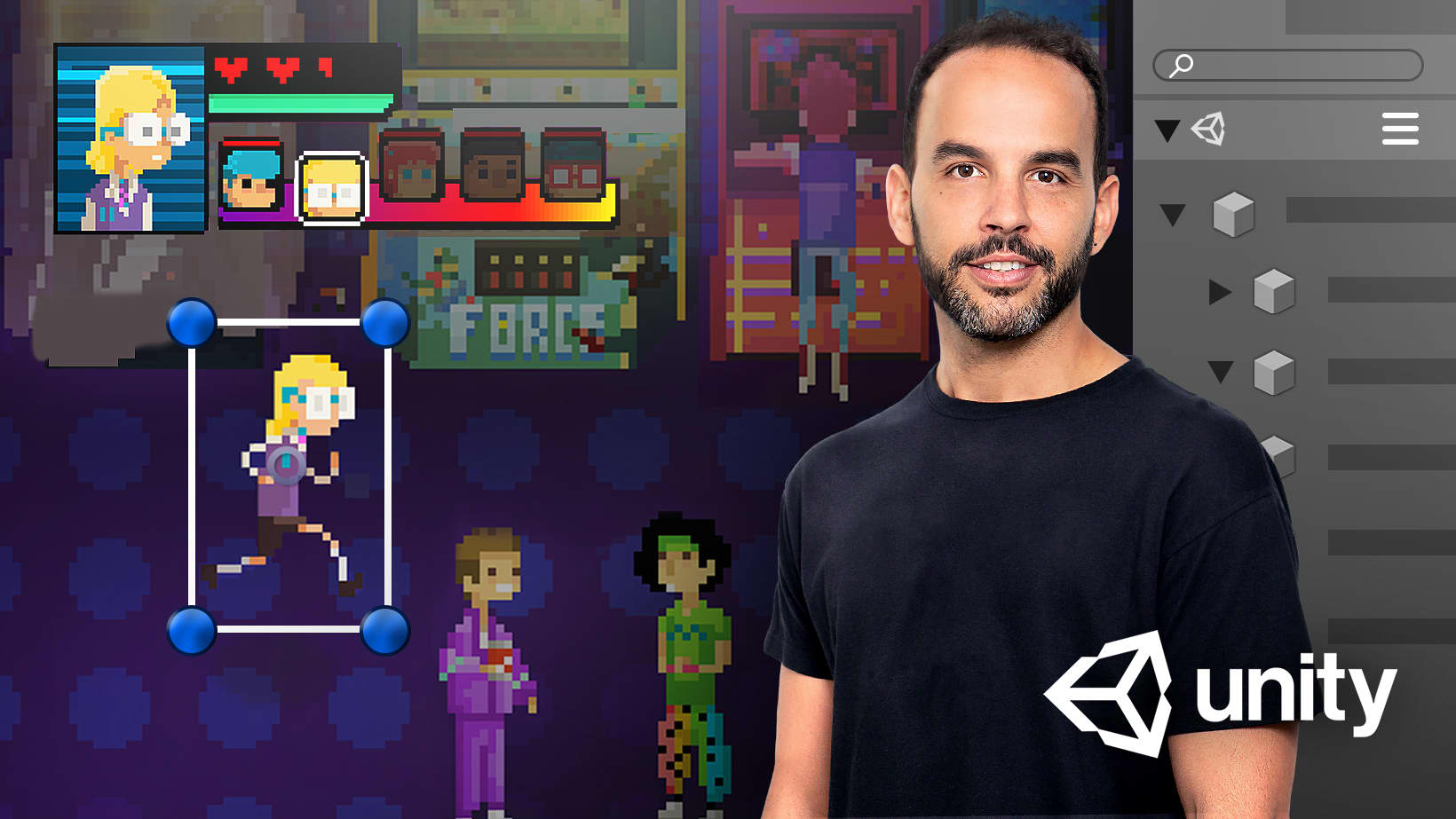
Learn how to design your own 2D video game from scratch like an expert
Domestika Basics · 8 courses included
-
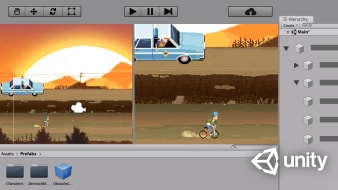
Course 1 - Intro to the Software and Basic Concepts
By Juan Diego Vázquez Moreno
Explore the program's interface and the main tools for creating your first project
-
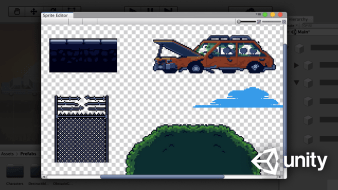
Course 2 - Unity for 2D Games
By Juan Diego Vázquez Moreno
Master the tools in Unity to create your 2D video game
-

Course 3 - Programming for Video Games
By Juan Diego Vázquez Moreno
Learn the basics of video game programming
-
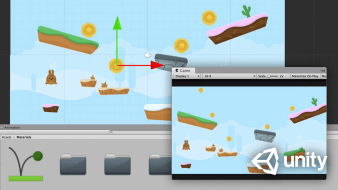
Course 5 - 2D Physics in Unity
By Juan Diego Vázquez Moreno
Expand your knowledge of physics and learn to control gravity
-
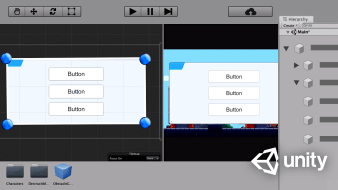
Course 7 - User Interface (UI)
By Juan Diego Vázquez Moreno
Learn to create a start menu and game over menu for your video game
-

Course 8 - Let’s Build a Game
By Juan Diego Vázquez Moreno
Put the finishing touches on your game to give it a professional look
Want to take your passion for 2D video games a step further by creating one? In this Domestika Basics, go from player to developer in just eight courses. Join Juan Diego Vázquez, video game programmer and designer for Android and iOS, and learn how to develop your own 2D video game from scratch using all the tools and features Unity has to offer.
Press start on your learning journey with an introduction to Unity. See how to install the program, then explore the interface using a real project and learn the basics so you can get to work. To wrap things up, create your first project and run it on your computer.
Dive deeper into the software in the second course and discover some of its key components. Juan demonstrates that although Unity was originally conceived as a 3D engine, it's perfectly adapted to creating any kind of 2D game.
Next, Juan introduces you to basic programming concepts and teaches you the terminology and syntax you need to know to create scripts for video games. Learn how to read inputs from a keyboard, controller, or mouse and use them to move characters around the screen and interact with the environment.
Get your game moving with the Animation window and Animator components. See how to create all kinds of complex 2D animations and add them to your game.
Now switch your focus to game physics and find out how to add gravity. Discover how to work with two of the most important components, Rigidbody 2D and Collider 2D, and apply your programming knowledge to create a Character Controller that allows your character to move around the map while running, jumping, and interacting with obstacles in a realistic way.
In the sixth course, Juan teaches how to build 2D scenes using Tilemap, an alternate system for scene- and level-building that's like painting with your mouse.
In the next course, step outside your game and look at how to create user interfaces in Unity. Learn how to design a start menu as well as a game over menu and insert them into your project.
Round out this Domestika Basics by fine-tuning details and filling out the game with extras. Create a camera to follow your character across the map, add sound and visual effects, and tweak the final details until it's ready to export and play.
Technical Requirements
- ⦁ A computer with Windows 7 SP1+ (or later) or macOS 10.12 Sierra (or later).
⦁ Internet access to download the free version of Unity.
- 98% positive reviews (1.4K)
- 56921 students
- 59 lessons (10h 18m)
- 8 courses
- 68 downloads (58 files)
- Online and at your own pace
- Available on the app
- Audio: English, Spanish
- Spanish, English, Portuguese, German, Italian, French, Polish, Dutch
- Level: Beginner
- Unlimited access forever
Reviews

Juan Diego Vázquez studied computer engineering at the University of Seville in Spain and spent a short time working as a programmer before deciding to open a video game development company with some colleagues.
In 2013, he started collaborating with major players in the game industry, developing and releasing several 2D mobile games created in Unity. His first big project saw the light just two years later in 2015 when he developed Crossing Souls, an eighties-style pixel art adventure game available on PC, PS4, and Nintendo Switch.
Driven by his passion, he continues to develop 2D video games with all the tools Unity has to offer while searching for the perfect balance between entertainment and an optimized gaming experience.
Content
Course 1 - Intro to the Software and Basic Concepts
-
U1
Welcome
-
Welcome
-
-
U2
Unity download and installation
-
Unity download and installation
-
-
U3
General Interface Summary
-
General Interface Summary
-
-
U4
Windows: scene and hierarchy
-
Windows: scene and hierarchy
-
-
U5
Game windows and inspector
-
Windows: game and inspector
-
-
U6
Project structure
-
Project structure
-
-
U7
Configuration: Build and Player
-
Configuration: Build and Player
-
-
U8
Practice: Creating our first project
-
Practice: Creating our first project
-
Course 2 - Unity for 2D Games
-
U1
Welcome
-
Welcome
-
-
U2
2D mode overview
-
2D mode overview
-
-
U3
Sprites
-
Sprites
-
-
U4
The Sprite Renderer component
-
The Sprite Renderer component
-
-
U5
The sprite editor
-
The sprite editor
-
-
U6
Practice: Creating the stage
-
Practice: Creating the stage
-
Course 3 - Programming for Video Games
-
U1
Welcome
-
Welcome
-
-
U2
Scripts as components
-
Scripts as components
-
-
U3
Deepening basic concepts
-
Deepening basic concepts I
-
Deepening basic concepts II
-
-
U4
Vectors and time
-
Vectors and time
-
-
U5
Using the keyboard to interact with our game
-
Using the keyboard to interact with our game
-
-
U6
Various utilities
-
Various utilities I
-
Various utilities II
-
-
U7
Practice: Creating a basic Enemy Controller
-
Practice: Creating a basic Enemy Controller
-
Course 4 - 2D Animation
-
U1
Welcome
-
Welcome
-
-
U2
Animator window
-
Animator window
-
-
U3
Creating animations using a “Sprite Sheet”
-
Creating animations using a “Sprite Sheet”
-
-
U4
Different animated states using the “Animator Controller”
-
Different animated states using the “Animator Controller”
-
-
U5
Controlling the “Animator Controller” with programming
-
Controlling the “Animator Controller” with programming
-
-
U6
Using events within the animations
-
Using events within the animations
-
-
U7
Practice: Creating the states of our character
-
Practice: Creating the states of our character
-
Course 5 - 2D Physics in Unity
-
U1
Welcome
-
Welcome
-
-
U2
Introduction to 2D physics in Unity
-
Introduction to 2D physics in Unity
-
-
U3
Colliders, Physical Materials and 2D Triggers
-
Colliders, Physical Materials and 2D Triggers
-
-
U4
Joints in Unity and its types
-
Joints in Unity and its types
-
-
U5
2D physical area modifiers
-
2D physical area modifiers
-
-
U6
2D raycast
-
2D raycast
-
-
U7
Practice: Adding physics to our character
-
Practice: Adding physics to our character
-
Adding physics to our character II
-
Course 6 - The Tilemap Tool
-
U1
Welcome
-
Welcome
-
-
U2
Basic concepts
-
Basic concepts
-
-
U3
Using colliders in your tilemap
-
Using colliders in your tilemap
-
-
U4
Adding rules to help us paint
-
Adding rules to help us paint
-
-
U5
Practice: Custom Tiles and Prefabs
-
Practice: Custom Tiles and Prefabs
-
Course 7 - User Interface (UI)
-
U1
Welcome
-
Welcome
-
-
U2
UI Canvas
-
UI Canvas
-
-
U3
UI RectTransform
-
UI RectTransform
-
-
U4
UI Button
-
UI Button
-
-
U5
UI Events and Triggers
-
UI Events and Triggers
-
-
U6
UI Image and UI Text
-
UI Image and UI Text
-
-
U7
Practice: Creating our game menus
-
Practice: Creating our game menus
-
Course 8 - Let’s Build a Game
-
U1
Welcome
-
Welcome
-
-
U2
Cameras: following the character
-
Cameras: following the character
-
-
U3
Tuning the enemies
-
Tuning the enemies
-
Tuning the enemies II
-
-
U4
For them! Creating our character's attack system
-
For them! Creating our character's attack system
-
Creating the attack system of our character II
-
-
U5
Adding some sound
-
Adding some sound
-
-
U6
Let's play with particles
-
Let's play with particles
-
-
U7
Last touches
-
Last touches
-
See the content of the 8 courses
About Domestika Basics
Domestika Basics is a series of courses focused on teaching the most commonly used software by creative professionals worldwide.
The content has been meticulously curated and is intended for both students going into a new creative field and more experienced professionals who want to polish their skills.
Learn with the best Domestika teachers through practical lessons, tons of resources, and a progressive difficulty that'll allow you to see results from day one.
Domestika Basics will allow you to step up your professional game and be prepared to score better projects.
-
Without prior knowledge.
Domestika Basics gives you everything you need to get started in a new creative field and become an expert in it.
-
Focused on the tool.
Discover its main components, techniques, and the tried-and-true methods you need to master it.
-
Learn fast
With a straightforward, step-by-step approach, our outstanding professionals will teach you how to get the most out of the program.
-
Certificates Plus
If you're a Plus member, get a custom certificate signed by your teacher for every course. Share it on your portfolio, social media, or wherever you like.


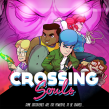
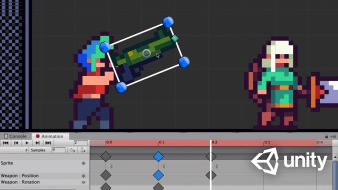


jfelsanchezc
Excelente curso!
View translation
Hide translation
kinruiz
Excelente y bien explicado
View translation
Hide translation
matiasbarrale21
Esta re bueno
View translation
Hide translation
chorchuy
Muy bueno el curso!
View translation
Hide translation
arielvalencia257
El Curso esta muy bueno, yo recomiendo usar chat GPT para preguntas específicas cuando no entiendas algo, más que nada preguntas simples en programación, que es donde uno se pierde más. Lo recomiendo bastante completo, ahora voy por su segundo curso de RPG
View translation
Hide translation